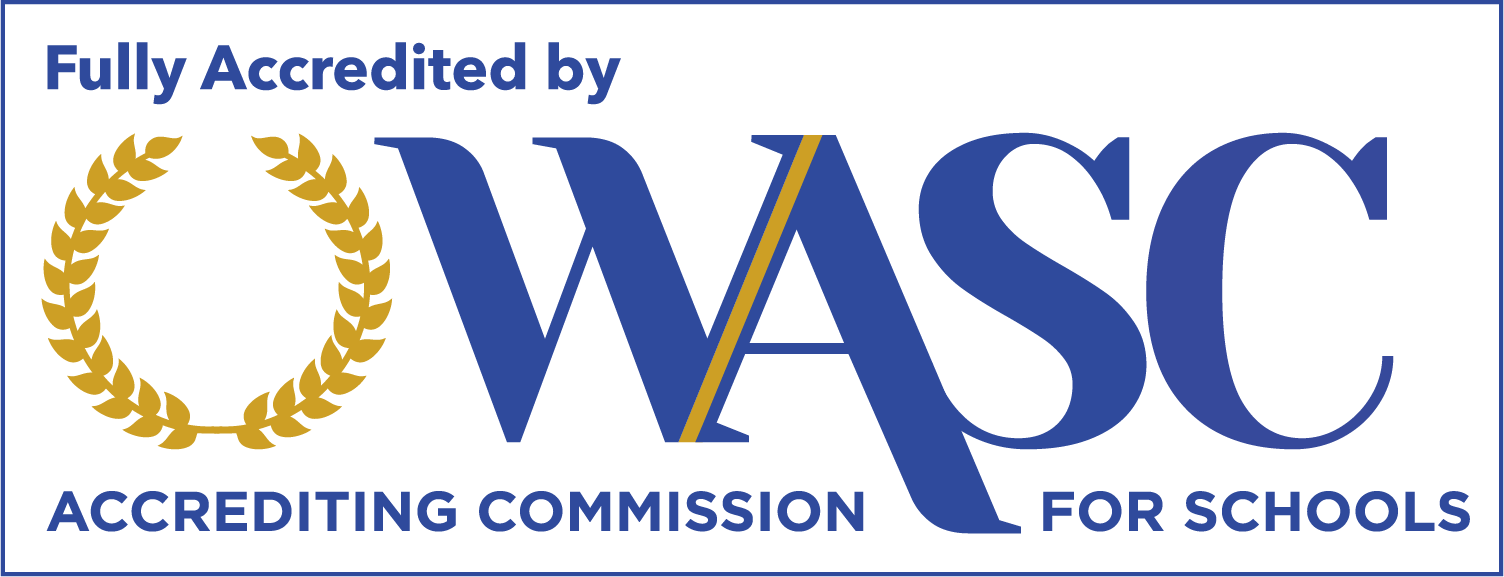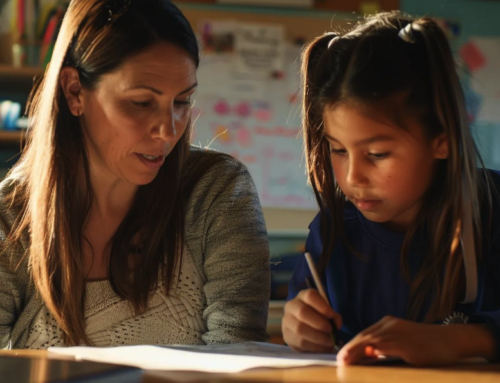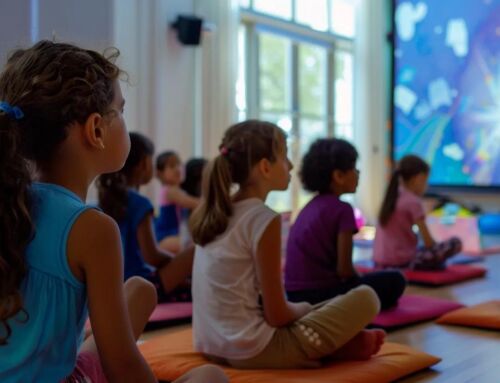Shaping Learning Spaces to Accommodate Different Learning Styles
In today’s diverse educational landscape, ensuring that all students, regardless of their learning differences, have access to high-quality education is crucial. This article outlines research-based strategies for creating inclusive classrooms and offers specific guidance on supporting students who may benefit from differentiated instruction in reading and writing.
Understanding the Challenge
Diverse learning profiles, which may include struggles with phonological processing or reading comprehension, are present in a significant portion of the student population. For example, students with dyslexia often struggle in traditional classroom settings – not due to a lack of intelligence or effort, but because their brains process information differently. As educators, we must adapt our teaching methods to accommodate all learning differences and help every student reach their full potential.
Effective Teaching Strategies for Dyslexia and Beyond
- Multisensory Instruction: This methodology involves engaging multiple senses (visual, auditory, kinesthetic, and tactile) in the learning process. This approach is particularly effective for students with dyslexia, as it leverages their strengths and provides multiple pathways for information to be processed and retained. For instance, when teaching reading, educators can combine visual representations of words with auditory pronunciation and tactile activities like tracing letters or manipulating letter tiles. This multi-faceted approach enhances understanding and memory retention, making learning more intriguing and fun.
- Structured Literacy: This approach is a research-based methodology that emphasizes systematic instruction in reading and writing skills. It involves breaking down complex skills into smaller, manageable components and teaching them in a logical sequence. It also provides students with a clear understanding of the underlying structure of language, facilitating their ability to decode words, comprehend text, and express themselves in writing. Structured literacy is especially beneficial for students with dyslexia, as it addresses their specific phonological awareness and fluency difficulties.
- Assessment for All Learners: Traditional assessment methods, like standardized tests, often fail to capture the full breadth and depth of student learning, particularly for those with diverse learning styles. A more holistic approach that embraces flexible assessment practices can provide a richer, more accurate picture of student understanding—this entails offering students multiple avenues for demonstrating their knowledge and skills, including oral presentations, visual projects, portfolios, and performance-based assessments. Educators can tap into students’ unique strengths and interests by incorporating these diverse formats, creating a more inclusive and engaging learning environment where every student can shine and reach their full potential.
- Student-Centered Learning: This is an evolving approach to learning that positions students as active contributors to their education (rather than passive receivers). This model prioritizes student voice and choice, allowing young learners to set their own goals, pursue their interests, and demonstrate knowledge in ways that resonate with their unique learning styles. Teachers guide and support students on their individualized paths, ensuring a fulfilling and enriching educational experience that prepares them for the challenges and opportunities of the future.
Enhanced Learning Outcomes
When these strategies are woven into the fabric of the classroom, the impact can be nothing short of extraordinary. As a result, students with diverse learning styles often experience the following improvements:
- Reading Takes Flight: As fluency and comprehension soar, new worlds and possibilities unfold before them.
- The Pen Becomes Mightier: Ideas begin to flow effortlessly onto the page as writing skills blossom and self-expression flourishes.
- Building Self-Belief: Confidence grows as students recognize and celebrate their unique strengths and capabilities.
- Academic Accomplishments Rise: With renewed enthusiasm for learning, students elevate their academic performance to new levels.
- Learning Becomes Enjoyable: As the weight of anxiety and frustration lifts, it’s replaced by a sense of accomplishment and a passion for knowledge.
The Read Academy Difference
At Read Academy, we specialize in creating inclusive learning environments that cater to students with diverse learning needs. Our expert educators are trained in the latest evidence-based teaching strategies for dyslexia and other learning disabilities. We believe that every child has the potential to succeed, and we’re committed to unlocking that potential through personalized, innovative approaches to education.
Read Academy offers:
- Small class sizes for individualized attention
- A comprehensive curriculum designed to address various learning styles
- Ongoing professional development for our teachers to stay at the forefront of inclusive education practices
By choosing Read Academy, parents, and students become part of a vibrant, supportive community that champions academic achievement and holistic development for every learner.
In today’s educational landscape, creating inclusive classrooms for students with learning challenges is a necessity. By implementing targeted teaching strategies and leveraging specialized resources, we can ensure that all students have the opportunity to thrive both academically and personally.
If you’re looking for an educational environment that truly understands and supports students with learning differences, consider Read Academy. We’re here to help your child reach their full potential and develop a lifelong love of learning.
Contact us today to discover how we can ignite your child’s love of learning and help them reach new heights of academic success.




